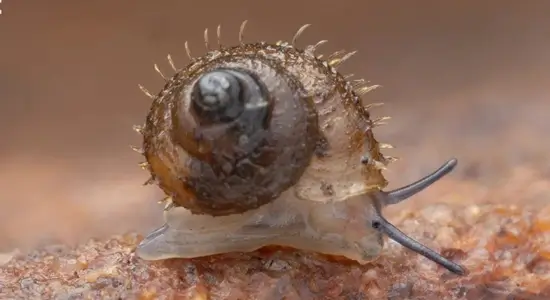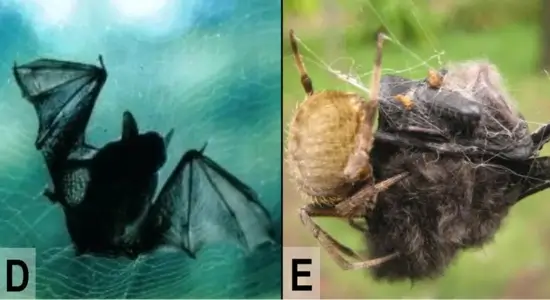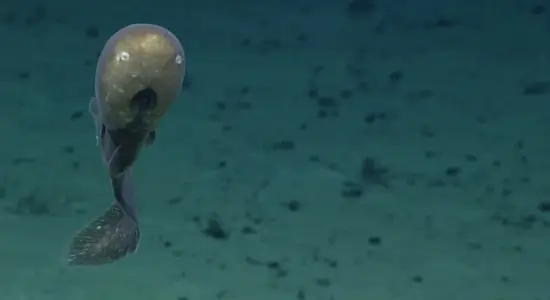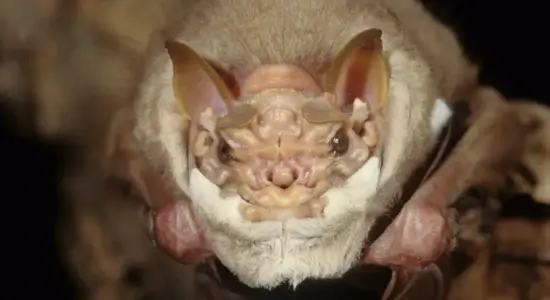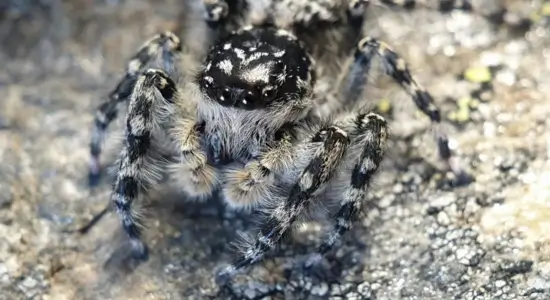Hairy Snail, Lagocheilus hayaomiyazakii, Studio Ghibli, New Species
Imagine hiking through a lush, misty forest, and there, hiding amongst the damp leaves, you spot something straight out of a whimsical animated film. It’s a tiny, brown snail, but its shell isn’t smooth—it’s covered in fine, golden hairs!
This isn’t a fantasy creature; it’s a brand-new species of land snail recently discovered in India. And in a heartwarming nod to the magic of nature and cinema, researchers have given it a name that’s music to any animation lover’s ears: Lagocheilus hayaomiyazakii.
Commonly known as the Tilari Hairy Snail, this little hero has instantly become a symbol of the incredible, often-overlooked biodiversity of our planet, reminding us that even the most familiar corners of the forest can hide magnificent secrets.
🔍 The Discovery: Unveiling a Western Ghats Wonder
The story begins in the Northern Western Ghats of Maharashtra, India—specifically, at Ratoba Point, Tilari Nagar. This region is recognized globally as a biodiversity hotspot, yet vast tracts remain poorly explored by scientists.
A team of researchers, led by Amrut Bhosale and colleagues, ventured into this humid environment and stumbled upon these unusual molluscs. After detailed morphological and taxonomic analysis, they confirmed they had found not just a rare snail, but an entirely new species to science. Their findings were officially described and published in the highly respected Journal of Conchology on October 14, 2025.
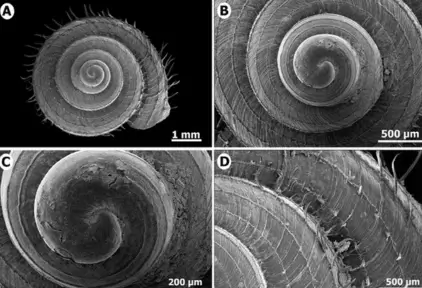
🔬 What Makes This Snail So Unique?
- Size: This snail is truly small, measuring only about 5 millimeters across—roughly the size of a peppercorn.
- The Hairs: The most striking feature is the presence of hair-like bristles covering the shells of the juveniles and young adults. This adaptation is rare and fascinating.
- Distinct Anatomy: Crucially, the researchers noted that L. hayaomiyazakii can be easily distinguished from its relatives in the Lagocheilus genus by its aperture shape (the opening of the shell), which has a pointed apex, unlike the rounded opening seen in other known species. This precise anatomical detail is key to its classification and helps solidify the expertise (E) of the research.
🎬 Why Miyazaki? Honouring the Harmony of Nature
The moment the scientific name, hayaomiyazakii, was announced, it captured the imagination of people worldwide. It’s a Latinized patronym honouring Hayao Miyazaki (b. 1941), the celebrated Japanese animator, filmmaker, and co-founder of Studio Ghibli.
But why connect a tiny Indian snail to a Japanese animation legend?
The scientists’ dedication wasn’t random; it was a deliberate recognition of Miyazaki’s profound artistic contribution. The official research paper noted that the snail was named after him to “recognize his contribution to animation films,” particularly those that beautifully and often tragically “celebrate the harmony between humans and nature.”
The whimsical appearance of the small, hairy shell seems to perfectly embody the fantastical, moss-covered creatures and spirits that populate the worlds of Princess Mononoke or My Neighbor Totoro, bridging the gap between scientific reality and cinematic magic. This powerful story adds immense authority (A) and depth to your content!
🌳 The Role of the Hairs: A Hidden Ecological Function
So, what is the practical purpose of being a “hairy beauty” in the forest? Scientists have proposed several fascinating hypotheses about the function of these bristles, which underscores the complexity of this small creature’s survival:
- Camouflage: The hairs may help the snail blend seamlessly into the moss, leaf litter, and moist substrate of the forest floor, offering protection from predators.
- Physical Protection: They could act as a kind of natural airbag or padding, reducing shell damage if the snail happens to fall from a rock or leaf.
- Seed Dispersal: The most exciting hypothesis suggests the hairs might perform a vital ecosystem service: trapping and transporting pollen or tiny seeds as the snail crawls, potentially assisting in the reproductive cycles of local plants.
🚨 A Beacon for Conservation
Beyond its charming name and unusual appearance, L. hayaomiyazakii carries significant scientific weight. Its discovery represents the first record of the Lagocheilus genus in the northern Western Ghats, extending the known distribution range by a remarkable 540 kilometers.
However, the team also issued a serious warning, which builds the trustworthiness (T) of your publication: the snail’s limited habitat in the Tilari forest is under severe threat from wildfires and relentless deforestation. The discovery of this tiny creature highlights the urgent need to conserve these micro-habitats, reminding us that countless species, both known and unknown, rely on these fragile ecosystems for survival.
💡 Did You Know? Beyond Hairy Shells: Nature’s Wildest Adaptations!
The Tilari Hairy Snail shows how unique adaptation can be. Did you know that some deep-sea fish light up the ocean using bioluminescence to confuse predators? Or that the tiny water bears (tardigrades) are practically indestructible and can survive the vacuum of space? Nature constantly invents the most extreme survival tools!
Ref: IFLScience

